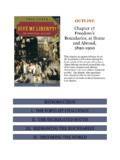Transcription of UNION WORK PUBLIC PAY - The Official Web Site …
1 State of New Jersey Commission of Investigation UNION work THE TAXPAYER COST PUBLIC PAY OF COMPENSATION AND BENEFITS FOR PUBLIC -EMPLOYEE UNION LEAVE May 2012 State of New Jersey Commission of Investigation UNION work PUBLIC PAY THE TAXPAYER COST OF COMPENSATION AND BENEFITS FOR PUBLIC -EMPLOYEE UNION LEAVE SCI 28 West State St. Box 045 Trenton, 08625-0045 609-292-6767 State of New Jersey COMMISSION OF INVESTIGATION 28 WEST STATE STREET PO Box - 045 TRENTON, NEW JERSEY 08625-0045 Telephone (609) 292-6767 Fax (609) 633-7366 New Jersey Is An Equal Opportunity Employer ~ Printed on Recyclable Paper Patrick E. Hobbs Chair Robert J. Martin Todd R. Caliguire Commissioners Philip James Degnan Executive Director May 2012 Governor Chris Christie The President and Members of the Senate The Speaker and Members of the General Assembly The State Commission of Investigation, pursuant to 52:9M, submits its final report of findings and recommendations stemming from an investigation into taxpayer-funded UNION leave.
2 Respectfully, TABLE OF CONTENTS Executive Summary.. 1 Key Findings.. 6 Additional Costs .. 21 Referrals and Recommendations ..24 Executive Summary The Commission examined the employment circumstances of PUBLIC -sector labor UNION representatives and found a range of instances in which they receive full- or part-time paid leave from government jobs to conduct UNION business at taxpayer Although it is not uncommon, nor is it necessarily improper, for government employers to grant some form of time-off for UNION work , the Commission found significant and questionable variations in how such leave is authorized, who qualifies for it, who keeps track of it.
3 How it is constituted and who ultimately pays the bill. In many instances, costs associated with compensation and medical benefits for UNION officials on leave are borne by the labor organizations they represent. This was found to be the case even where the UNION personnel in question regularly engage in collective bargaining with their government employers activity which can p lace t hem in conflict with the PUBLIC interest. 2 1 Employees on paid leaves of absence remain on the government payroll. Unless the UNION agrees to provide reimbursement, all salary and health benefit costs are borne by the PUBLIC employer.
4 The employee is entitled to advance up the pay scale and accrue sick and vacation time in the same manner as other employees not on leave. On the other hand, the Commission found examples in which all or a portion of the salaries of such individuals some in the six-figure range and/or health benefits and pension contributions are covered by PUBLIC funds with no reimbursement by UNION organizations. Some UNION officials have been on paid leave for years or even decades while occupying government job titles but doing no government work . In some cases, UNION officials receive additional payment in the form of overtime at taxpayer expense if, beyond their UNION obligations, they perform duties associated with their Official government jobs.
5 In other cases, taxpayers also pick up the tab for cars, office space, computers and other equipment used for UNION business. Despite the PUBLIC s stake in these types of arrangements, they are often crafted in ways that defy PUBLIC transparency. 2 As used in this report, the terms salary and compensation may include pay for uniform allowances, attendance bonuses and longevity. The terms medical benefits and health benefits may include costs of health plans, dental plans, vision plans and prescription drug coverage. 2 The practice of providing government -paid leave for UNION work , while not universal, persists amid a thicket of confusing and inconsistent statutory language covering different classes of PUBLIC employees.
6 PUBLIC school teachers serving as officers of UNION affiliates of the New Jersey Education Association (NJEA) and the National Education Association (NEA) have been awarded full and/or part-time leave at taxpayer expense based upon an obscure statutory provision enacted nearly five decades ago that gives boards of education wide discretion to grant paid leaves of absence for just about any T he lack of uniformity in rules governing UNION leave is so pronounced that within individual communities, it is possible, as the Commission found, for some PUBLIC employees to be on full- and/or part-time UNION leave at PUBLIC expense while their counterparts in other collective bargaining units engage in similar activity on a full- or part-time basis at UNION expense.
7 Meanwhile, UNION leave by other PUBLIC employees those serving as agents of the Communications Workers of America (CWA), the American Federation of State, County and Municipal Employees (AFSCME) and other bargaining units of the civilian PUBLIC work force is governed by a 2006 statute that authorizes such leave but is ambiguous and open to interpretation about who must pay for it. Finally, although laws covering uniformed police and fire personnel do not authorize any form of extended leave for UNION business, the Commission discovered examples where this not only occurs but where it is paid for by the taxpayers. Most contracts granting authority for this practice for police and fire personnel provide for full release from regular duty for UNION officials.
8 These contractual full-release arrangements result in what can be construed as a de facto form of full-time UNION leave where individuals typically report daily to municipally owned offices only to perform UNION business. 4 3 The Commission found that while UNION officials of a single local affiliate of the American Federation of Teachers (AFT) also receive full-time UNION leave, this arrangement is provided without publicly funded pay, and the UNION reimburses the district for medical benefits. In still other instances, local UNION representatives receive no time off for UNION activity and attend to such matters outside of regular business hours.
9 4 Employees on unpaid leaves of absence remain on the government payroll but receive no government compensation. Further, with few exceptions, the PUBLIC employer does not pay the cost of medical benefits for these employees while on leave. During the leave period, the employee s position with the PUBLIC employer is maintained without advancement on the salary scale and with no accrual of sick or vacation time. 3 The cost implications of paid UNION leave are not insubstantial. During the period from 2006 through 2011, the Commission found that government -paid UNION leave for PUBLIC employees within the scope of this investigation cost taxpayers more than $30 million in salaries and medical the muddled statutory landscape and the financial cost to taxpayers, arrangements allowing for paid UNION leave often are handled in ways that tend to defeat PUBLIC transparency, oversight and accountability.
10 Some collective bargaining agreements make direct reference to paid leave for UNION officials, but others are silent on the issue, with leave nonetheless arranged under sidebar agreements negotiated separately and not easily discoverable by the PUBLIC . While many teachers collective bargaining agreements can be found in the online PUBLIC contracts database maintained by the New Jersey PUBLIC Employment Relations Commission (PERC), the SCI discovered that none of the UNION -leave sidebar agreements identified during the course of this investigation is posted there. This finding was drawn from a detailed examination of contracts and other employment agreements involving PUBLIC employees in a sample of more than 120 urban, suburban and rural school districts; 17 municipalities; all 21 counties; and 12 departments of state government .
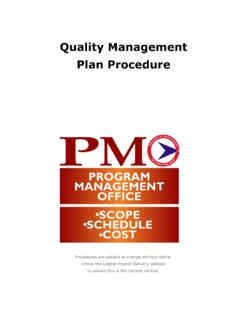
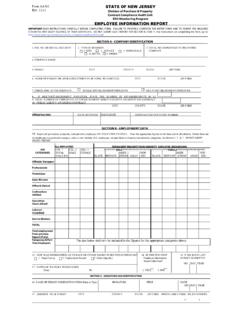
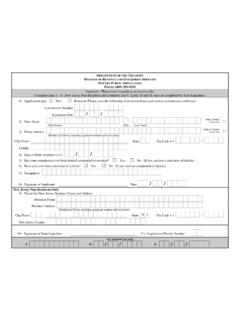
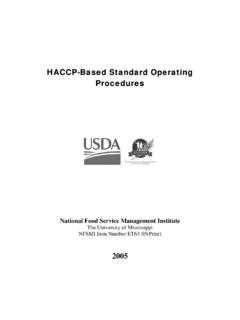
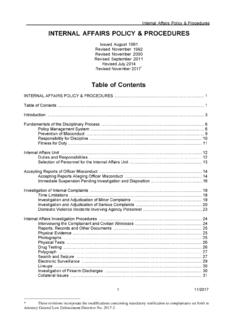
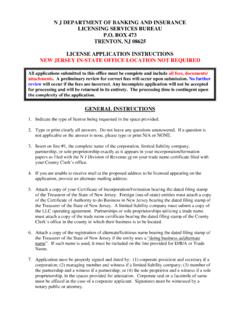
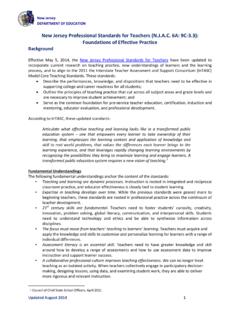
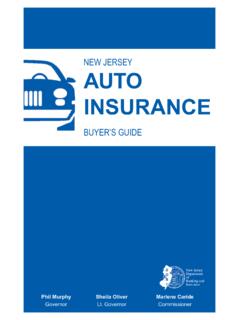
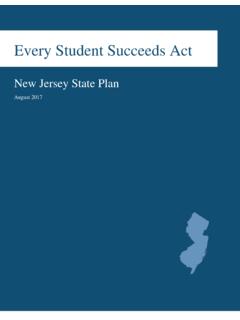
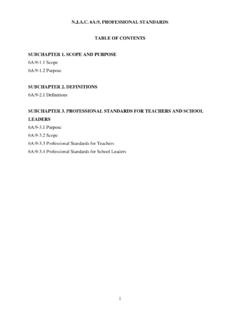

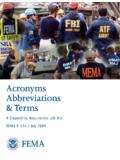
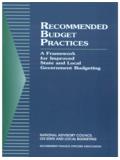
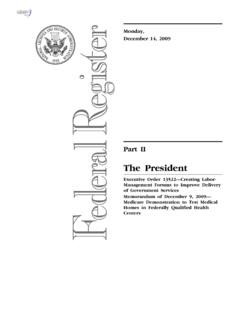
![Index [about.usps.com]](/cache/preview/4/e/4/f/8/a/b/d/thumb-4e4f8abd1f1ef48ad1e70b83f15a8f08.jpg)
